Memory and Preservation: Celia Pym’s Artful Darning
Self-proclaimed “damage detective” Celia Pym has made darning into a lifelong artistic practice, one that reflects on the close, intimate relationship we form with the clothing in our lives. She has an uncanny ability to transform once tatty, moth-eaten sweaters, careworn socks and even silk costumes through a deliberate and visible act of nurturing repair that celebrates the life the garment has already lived, while simultaneously repairing its longevity for at least another generation or two. She says, “I like it when things are lumpy and bumpy. It’s nice when you can see the landscape of damage, which although I am mending, I am also distorting.”
Celia Pym was born into a family of ingeniously creative people, whose lovingly handmade objects surrounded her day-to-day life with memories. She says, “I grew up seeing people knitting and making things. There was evidence in my childhood of rugs and blankets, cross-stitch and furniture, and gardens of past generations of women who had a fantastic range of making skills.” Pym adds, “a family’s history is often told through artefacts.”
When she left home, Pym went on to study sculpture at Harvard, and working with materials, substance and form continued to stay with Pym throughout her later work with fabric. After graduation, Pym went on to earn a diploma of teaching at University College London, followed by an MA in Constructed Textiles at the Royal College of Art in London, where she consolidated her deep fascination with fabrics, textiles, knitting and sewing.
Pym’s interest in darning came through a surprising and unexpected family connection – following the death of her great uncle, the artist, illustrator and theatre designer Roland Pym, she inherited one of his old sweaters. Pym noted how the sweater had been carefully darned by her great aunt, Elizabeth Cobb. Pym’s aunt and uncle had lived together for most of their adult lives, and the sweater became a testament of their relationship, as much as the passing down of memories from them to her. When she discovered the sweater contained new holes, Pym set about adding her own twist, darning the white sweater in bright blue to make the repairs a distinct feature.
In recent years Pym has translated her artful darning into an act of social repair, extending her ability to gather, mend and transform into people’s lives. She recently ran a workshop titled Woman’s Hour Craft Programme at the Victoria and Albert Museum in London, for which, as she explains, “People would bring their garments with holes in and I would mend them.”
What Pym noticed was how people would bring in objects that were loaded with memories, of those they had loved and lost, perhaps, or children who had grown up. This fed into Pym’s fascination with stories and a desire to examine the deep connection between people and the clothing we have in our lives, whether we wear them, or they hold special personal significance. Pym says, “As an artist I am looking for interesting people and material. I need to be out in the world looking for stories.”
More recently, Pym received a commission to repair a series of costumes from the collection belonging to the Musee National de Monaco, some of which would once have been worn by members of the Ballets Russes. Pym was fascinated by these curious, damaged relics, and their state of limbo – not quite ready to be binned, yet too damaged to be used. Pym says she asked, “If they are in this indeterminate state, neither for display or for throwing away but no one knew what to do with them, can I use them?” Among the garments she has repaired from this archive are Of all the 59 garments Pym came across, she was most fascinated by a delicate, threadbare silk gold cape. She remembers, “I mended this gold cape, one of the costumes from the ballet; it was made from this old golden silk and sequins, and over time it had started to rot and was terribly dusty. The whole piece was so fragile, I wanted to tack down what little silk remained.” Following her repair, Pym took the cape ‘on tour’, to Blönduós in Iceland, Monaco, and Old Kent Road in London, asking various club members and individuals to try wearing the cape and having their photograph taken by photographer Michele Panzeri.
The inevitable passage of time is visible in all the clothing Pym works with, and repairing therefore becomes a way of conserving and protecting the fragile and fleeting history, emotion and memory that is so bound up in our clothes. She thereby encourages us to find new, creative meaning in the things we already have, rather than discarding and replacing in an endlessly wasteful cycle of consumption. Pym notes, “Over time I have realised that I am mending more than just a garment, I’m into other people’s problems. People come to me and I’m like, ‘Right, what can we do about this?’ … I think it is all to do with caring.”





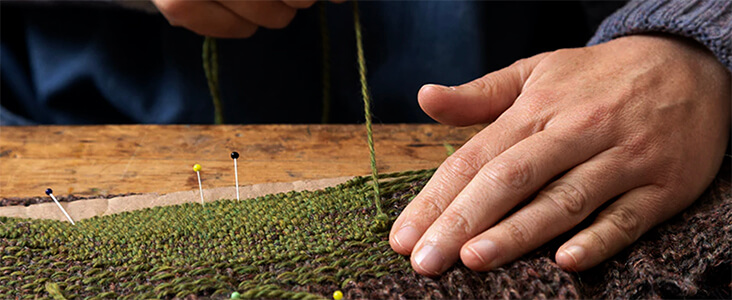
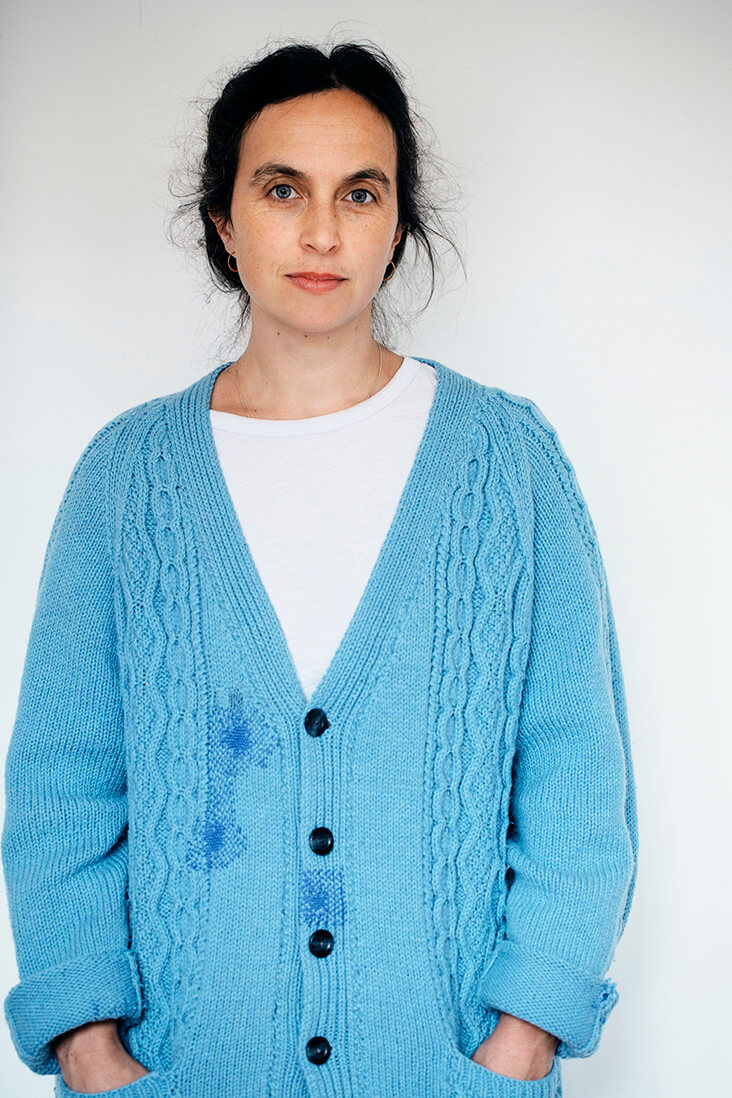


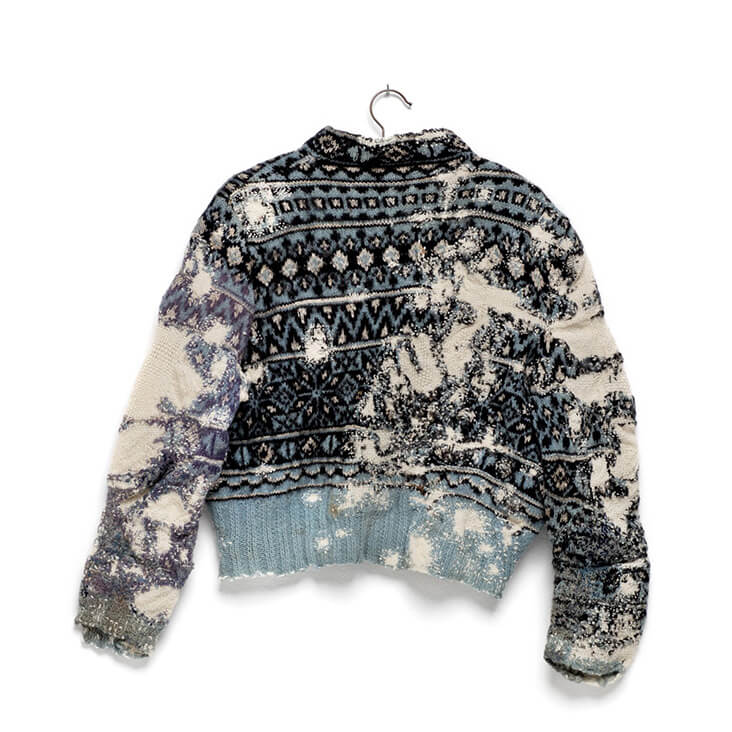
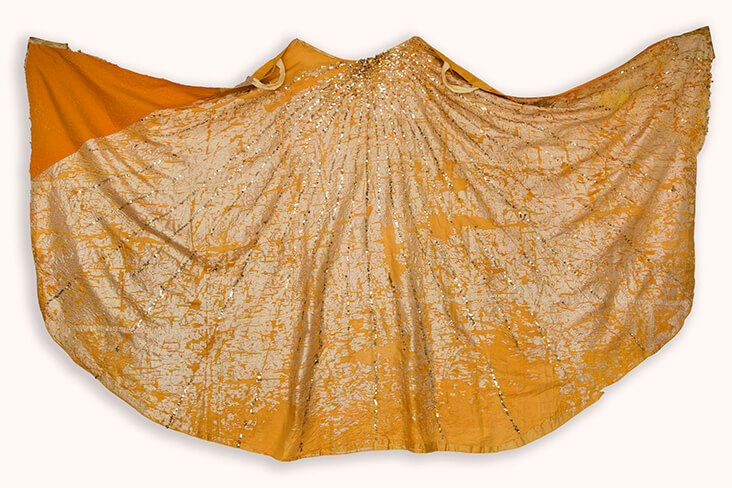
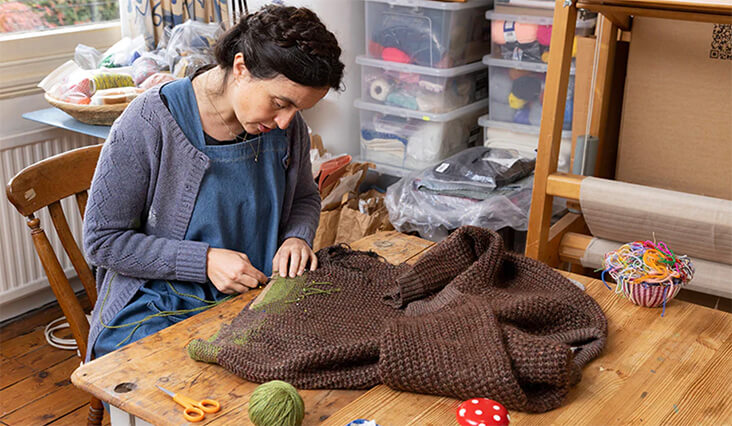




















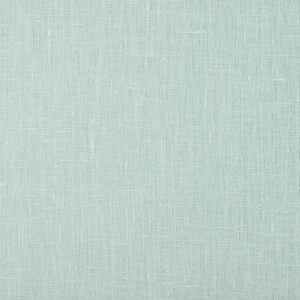


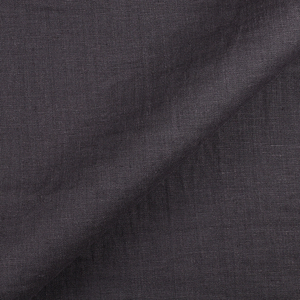



















8 Comments
Stephanie Hermiston
I have mended and knit large chunks of a beautiful hand knit wool cardigan my mothers wears. As her illness progresses and she becomes steadily more frail she still remembers where she and I bought the sweater, her hometown, and our additional purchase of 2 bright red silk down coats. We looked like 2 raspberry marshmallows bouncing along! It is a delight to remember that precious time with my mother and laugh as she strokes the front of her oft-mended cardigan. It is a treasure beyond value for us both.
Jennifer Edington
This makes me tear up. What a shared joy. I can picture your mother lovingly stroking the representation of your shared history. Thank you for sharing
Carolyn Wallace
I, too, have taken to mending and darning, though I am far from the artist Ms. Pym is. Her work and attitude are inspirations,. Thank you!
Vicki Lang
What a lovely way to keep what you love in use. Thank you for such a wonderful article.
Karen Swann
Thank you for highlighting this wonderful artist! As an amateur visible mender myself, I get teased a little by my family for trying to prolong the life of a beloved article of clothing, but they always appreciate my efforts 🙂
Susan Johnson
i am also a darner, mender.., fixer. Another great article. Rosie Lesso, you are the best treat online! Thank you for what you add to our days.
Kate Renwick
Fabulous work. As one who darns socks in this throw away age, I really appreciate what Celia is doing..
Patricia Johnson
Beautiful work and story. In college I studied preservation and restoration of historic architecture and design. Something appeals to me about the repair of ruins and damaged things. All is not lost with a bit of love. ?